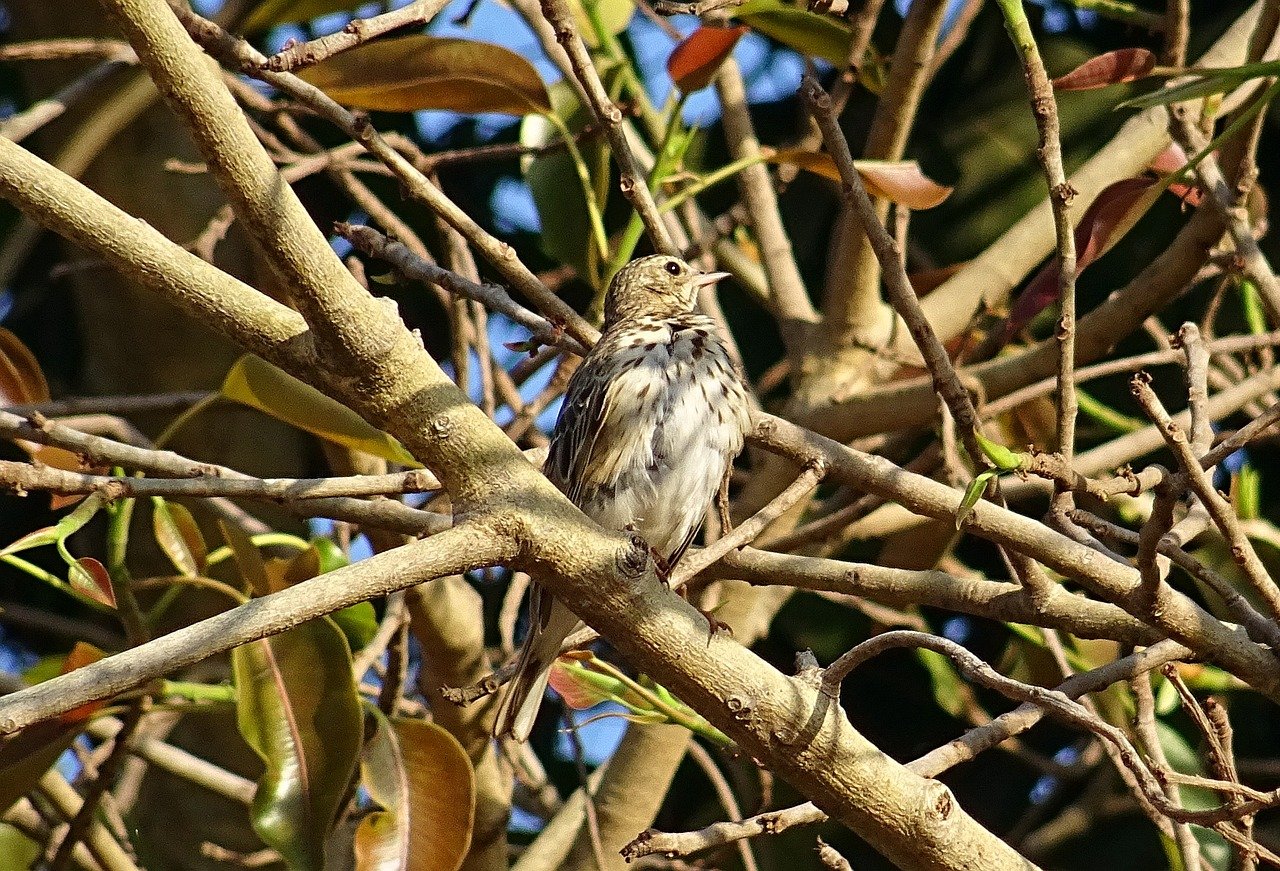Effekter av magnetiska manipulationer på orientering: jämförelser mellan dagoch nattflyttande tättingar på Capri, Italien under hösten
DOI:
https://doi.org/10.34080/os.v16.22724Nyckelord:
migration, klimateffekter, migrationsekologi, flyttningAbstract
Orientation cage experiments were performed on Capri in Italy, with a diurnal passerine migrant (Tree Pipit Anthus trivialis), and a nocturnal passerine migrant (Garden Warbler Sylvia borin), to study the use of magnetic compass information during autumn passage migration. The experiments were performed outdoors at sunset in: (1) the local geomagnetic field under natural clear skies, (2) a shifted magnetic field (mN −90°) under clear skies, and (3) a shifted magnetic field (mN −90°) under simulated overcast skies. Day migrating Tree Pipits showed a clear shift in orientation compared to controls (i.e. local geomagnetic field and clear sky conditions) corresponding roughly with the magnetic shift (mN −90°) under clear as well as overcast skies, while the Garden Warbler migrating at night, did not respond to the same magnetic manipulations by shifting their preferred directions in the cages. The mean orientation of Tree Pipits did not differ from the sun’s position during experiments, while it was clearly different in Garden Warblers. Species-specific orientation responses to experimental manipulations in caged compared to freeflying migrants is discussed.
Nedladdningar

Downloads
Publicerad
Referera så här
Nummer
Sektion
Licens
Författaren/författarna innehar copyright för varje enskilt bidrag, men samtliga bidrag är publicerade under en Creative Commons-licens, så att vem som helst kan dela och återanvända bidraget förutsatt att copyright-innehavaren erkänns.







